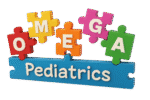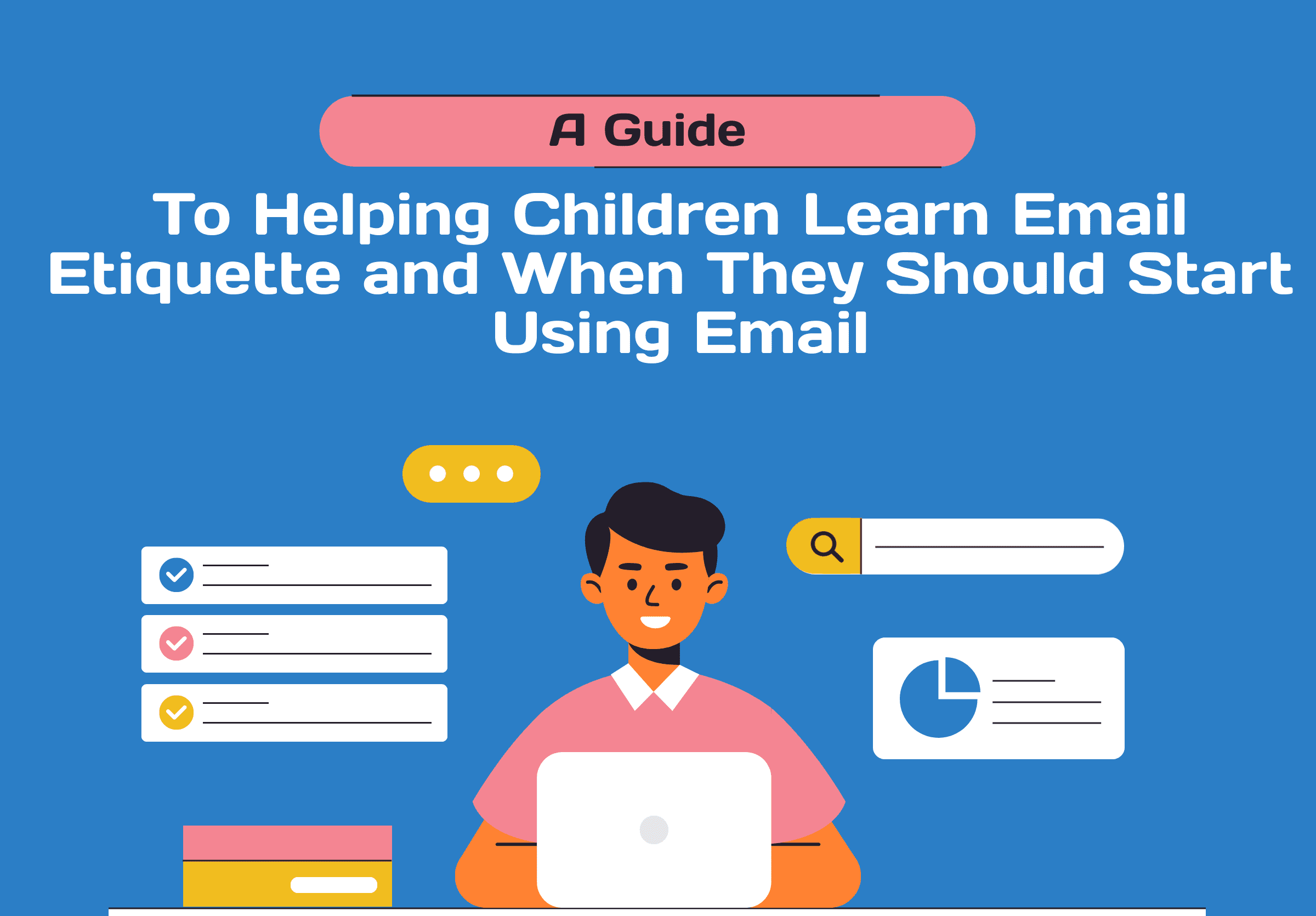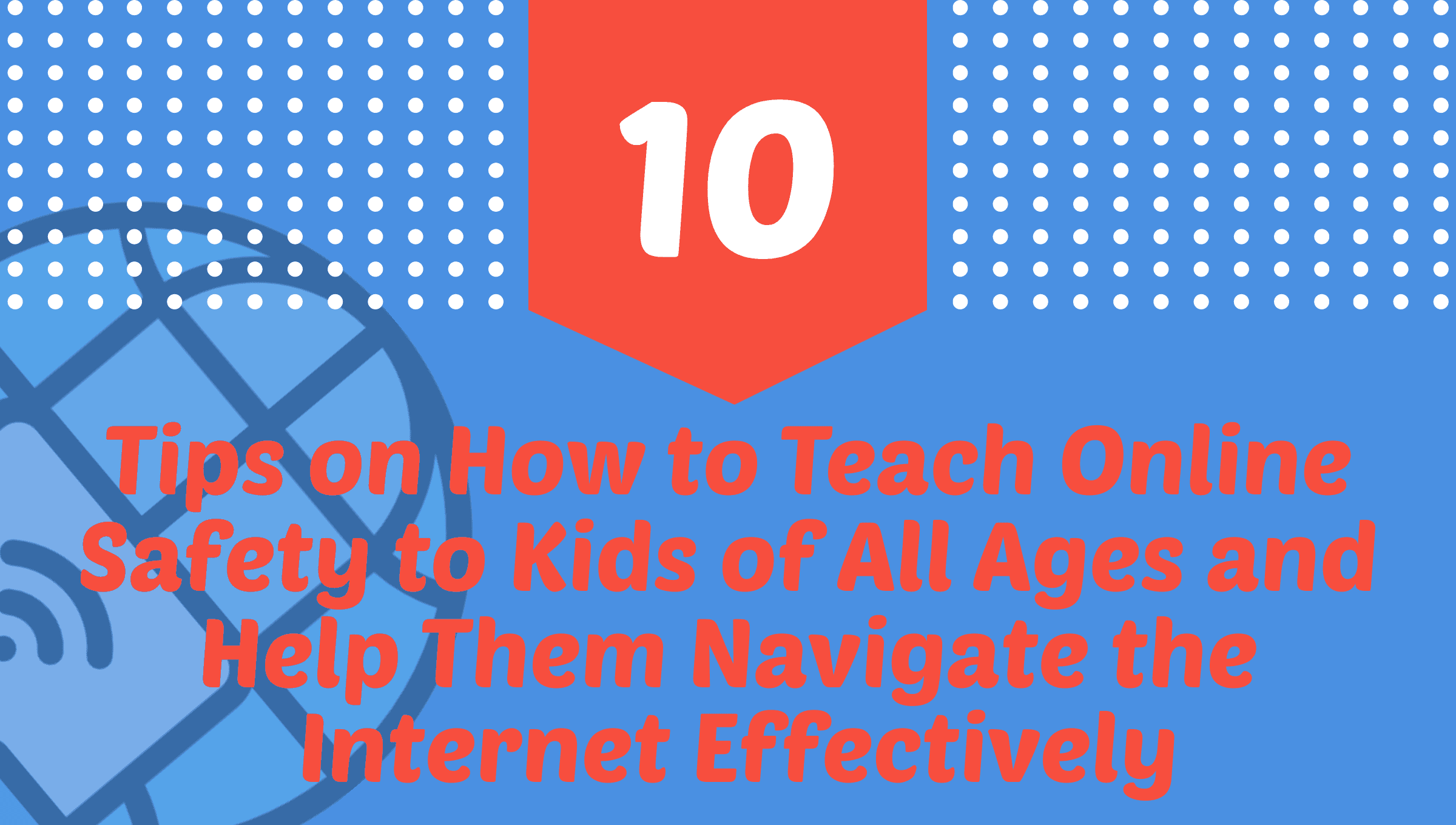
Child abuse and neglect are prevalent, affecting 1 in 7 children in the US, and resulting in 1,750 child fatalities in 2020. Many cases go unreported, suggesting these numbers may be underestimated.
What are child abuse and neglect?
- Physical abuse: any intentional physical harm to a child, including hitting, punching, shaking, or other forms of violence
- Sexual abuse: any sexual activity or contact with a child, including touching, fondling, or penetration
- Emotional abuse: any behavior that harms a child’s mental health or social development, including belittling, insulting, or rejecting a child
- Neglect: failure to provide for a child’s basic needs, such as food, shelter, medical care, education, or supervision
- Medical neglect: failure to provide necessary medical care or treatment for a child’s physical or mental health needs
- Abandonment: leaving a child without any form of care or support
- Human trafficking: using force, fraud, or coercion to exploit a child for labor, sex, or other forms of exploitation
- Child endangerment: exposing a child to unsafe or dangerous situations, such as leaving a child alone in a car or home without proper supervision.
Exploring Common Risk Factors for Children Experiencing Abuse & Neglect
- Young age: Infants and young children are more vulnerable to abuse and neglect, as they require constant attention and care, and may be unable to communicate their needs effectively.
- Poverty: Families living in poverty may face stressors such as unemployment, lack of affordable housing, and inadequate access to healthcare and social services, which can increase the risk of child abuse and neglect.
- Substance abuse: Parents or caregivers who struggle with substance abuse may be more likely to engage in abusive or neglectful behaviors, and may be less able to provide a safe and stable environment for their children.
- Domestic violence: Children who witness domestic violence may experience emotional trauma, and may be at greater risk of physical abuse and neglect.
- Mental health issues: Parents or caregivers who struggle with mental health issues may be less able to provide appropriate care and supervision for their children, increasing the risk of abuse and neglect.
- Social isolation: Families who are socially isolated, whether due to geographic location or cultural barriers, may be less likely to access support services and may feel overwhelmed and unable to cope with the demands of parenting.
- Lack of education: Parents or caregivers who lack education may be less aware of effective parenting strategies, and may be more likely to engage in abusive or neglectful behaviors.
What You Can Do Today to Help Combat Child Abuse & Neglect
Combatting child abuse and neglect requires a collective effort from individuals, communities, and organizations. Here are some steps you can take today to help prevent and address child abuse and neglect:
- Educate yourself: Learn about the signs of child abuse and neglect, and how to report it. Educate yourself about positive parenting practices, and ways to support families in your community.
- Report suspected abuse or neglect: If you suspect a child is being abused or neglected, report it to your local child protective services agency, or law enforcement. You can also contact the Childhelp National Child Abuse Hotline at 1-800-4-A-CHILD (1-800-422-4453) for help and support.
- Volunteer or donate: Consider volunteering with a local organization that supports children and families, or making a donation to support their work. This could include organizations that provide parenting classes, mentorship programs, or counseling services for families in need.
- Be a positive role model: Show children in your life love, respect, and kindness, and model positive behaviors and communication skills. Encourage children to talk openly about their feelings and experiences, and listen actively to what they have to say.
- Advocate for policy change: Advocate for policies that support families and address the root causes of child abuse and neglect, such as poverty, lack of access to healthcare, and social isolation. This could include advocating for affordable childcare, family leave policies, or increased funding for social services.
Conclusion
Child abuse and neglect, affecting 1 in 7 children in the United States, demand urgent attention and concerted efforts from society. The statistics, with 1,750 child fatalities reported in 2020, underscore the severity of the issue, recognizing that many cases likely go unreported.
Understanding the various forms of abuse and neglect, from physical and sexual abuse to emotional harm and neglect, is crucial for creating awareness and fostering preventive measures. Identifying common risk factors, including young age, poverty, substance abuse, and domestic violence, highlights the complex nature of the problem.
Addressing child abuse and neglect requires a multifaceted approach. Individuals can play a vital role by educating themselves, reporting suspicions, volunteering, and being positive role models. Additionally, advocating for policy changes that support families and tackle the root causes of abuse is essential.
By collectively raising awareness, supporting families in need, and advocating for systemic change, we can work towards creating a safer, more nurturing environment for all children, ensuring they have the opportunity to grow and thrive in a secure and loving atmosphere. It is a collective responsibility to protect the well-being of our children and create a future where every child can experience a safe and supportive upbringing.



